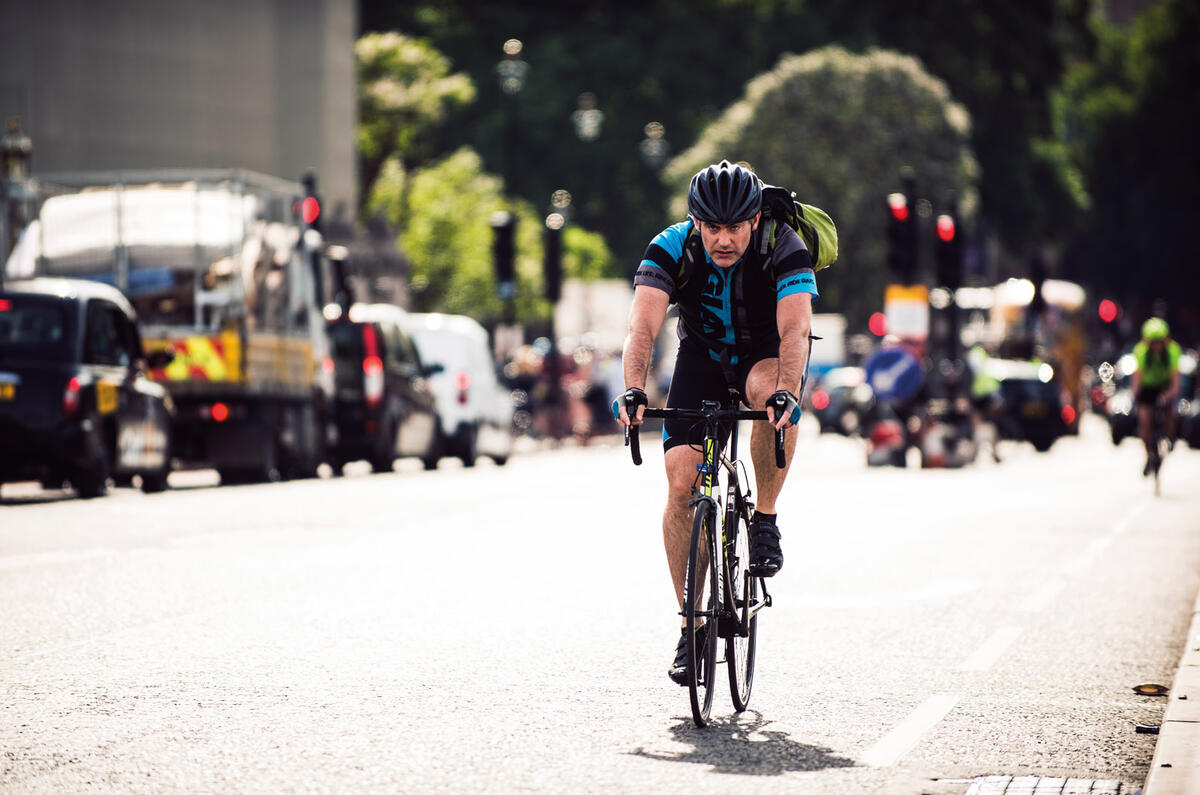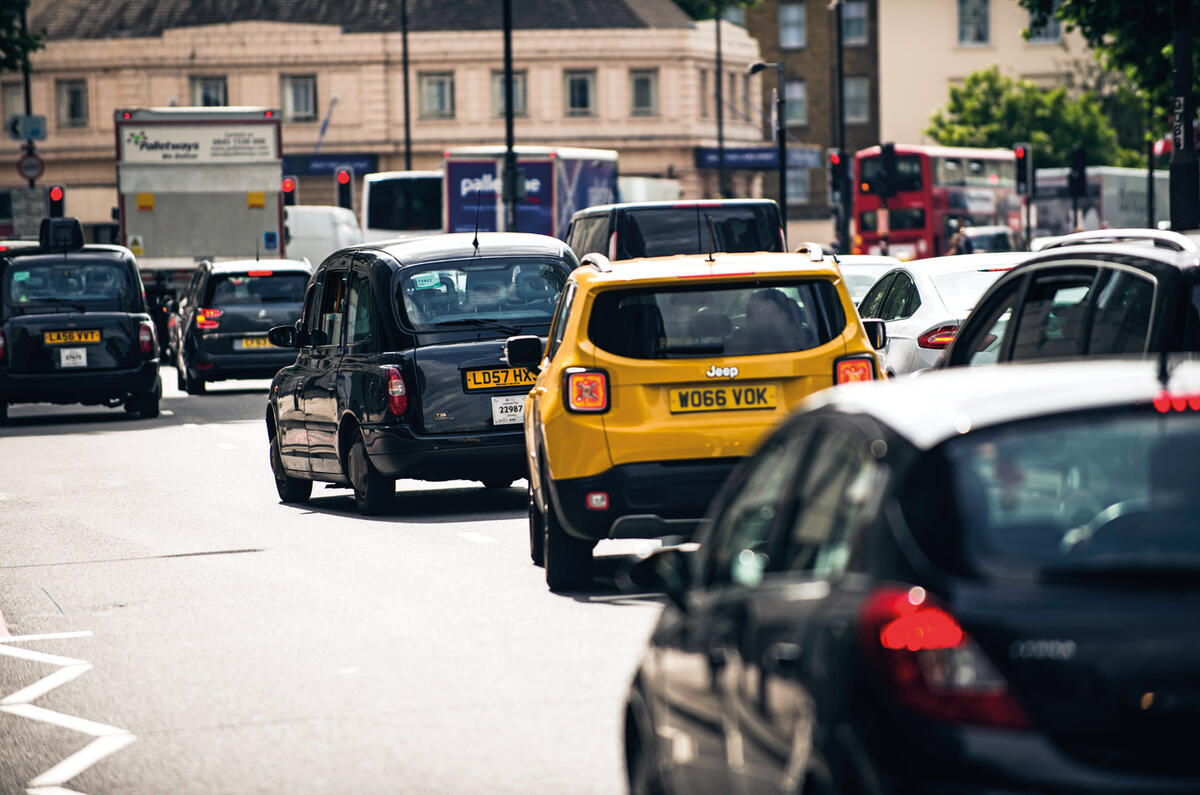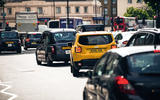So we’re all doing that weird swerving thing while walking near other people. Ideally, we’d all continue to spend more time on foot, sashaying to a safe distance with a cheery hello, and we should keep cycling more, too. It’s still best if we don’t use public transport, either.
That also means driving, though. We can do that as little as possible, but there are longer journeys we can’t cover on a bike or on foot, at least not with all our shopping or whatever we’re carrying to work – papers or equipment to tide us over a week’s remote-working or cheese sandwiches for when we’re in the office but the cafe is shut.
Obviously, it’s best if there are segregated spaces for all these different modes of transport. So pavements need to be widened, as do the cycle lanes and… well, now here’s the thing. The only places those can expand is into roads, so we’ll have to remove traffic lanes. There are fewer cars, after all, so it won’t matter.
This is all fine until it isn’t. I sense trouble ahead, and I’m not sure that there’s an easy way around it. It’s summer and many businesses are still closed, but when everything is open and it’s November and a van is waiting to turn right at a set of traffic lights but is using the only open lane so nobody behind can pass it, there are going to be a lot of drivers sitting, looking at empty pavements and cycle lanes. They’ll be wishing they were using them like they do at the weekend, but they live 20 miles away, there aren’t any rural buses and they’ve got quite a big bag.
The puritanical answer to this is: so what? Cars pollute towns and cities, don’t belong in them, and so life for them should be made as difficult as possible.
But people don’t drive into built-up areas because they want to. You don’t do it for the craic, do you? It’s a miserable experience. But while we can make walking or cycling as alluring and convenient as possible, if you have too much stuff to carry or the public transport between home and the city is terrible, or your day is in any way sufficiently complicated that the alternatives won’t work, and perhaps you even live there, sometimes you’ll have to suck it up and get in the car. That doesn’t make you selfish; it’s just how it is.











Join the debate
Add your comment
E bikes are a help, no doubt,
I do think I would feel safer in a twizzy type thing though van drivers may well treat you the same, but they are far too expensive.
I'd take issue with the idea
I'd take issue with the idea that bikes can't carry cargo.
A cargo bike can carry as much as a small van and we could have 5KW hub motors if we legalised them like they have on the continent. Most trades and deliveries could be done by an e-cargo bike.
Bad weather is generally handled with rain capes and mud guards at the cost of looking a dork.
Obviously you can't travel any great distance out of town but the challenge is to use the appropriate mode of travel for the situation.
I'm surprised we still have
I'm surprised we still have such centralisation of offices in city centres. With IT improvement and global working I never expected to still see miles of queuing traffic going into/out of city centres. Seems the benefits of agglomeration beat the negatives of wasteful traffic (maybe because companies benefit from the agglomeration and employees pay and suffer the cost of commuting).
It needs a combination of things. If you commute in Germany they have a combination of park and ride, and commuter trains on which bikes are allowed, and the general abundance of U-bahn, S-Bahn lines everywhere reduces the need for cars in cities. They also have a higher usage of combined pavement/bike lanes, wider pavements anyhow, and (as in a lot of Europe, with noteable exceptions) the city driving is much less aggressive and shared space is more of an established thing.
The UK's high centralisation in a small number of cities doesn't help, nor does the fact that 85% of the population of England/Wales/Scotland lives in a 260 mile corridor between the South Coast and Leeds.
However it needs to be resolved because more decades of people sat in barely moving lines of traffic on Victorian streets doesn't seem a useful, productive or enjoyable way for people to spend their time.